
Employee photo badges and identification cards from the first half of the 20th Century represent a different climate in our nation’s economy. These American working class heroes look they have a story to tell:
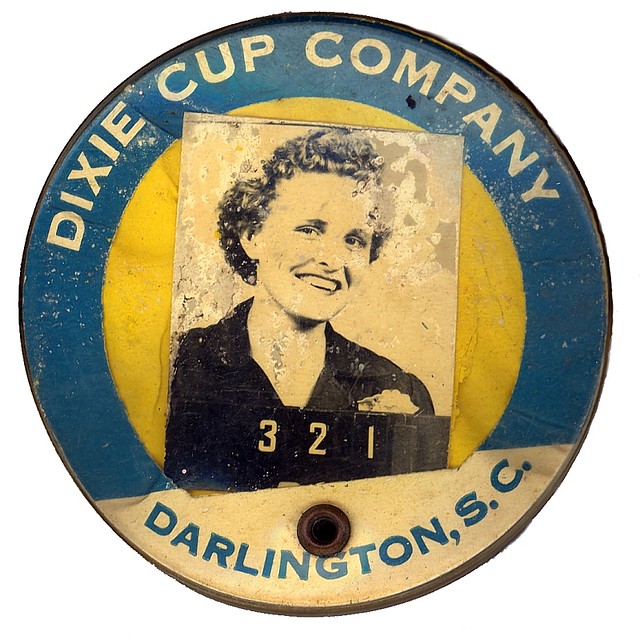
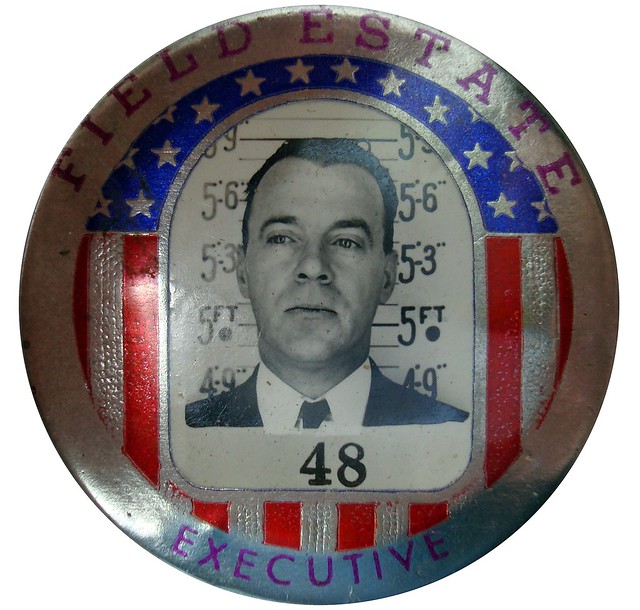
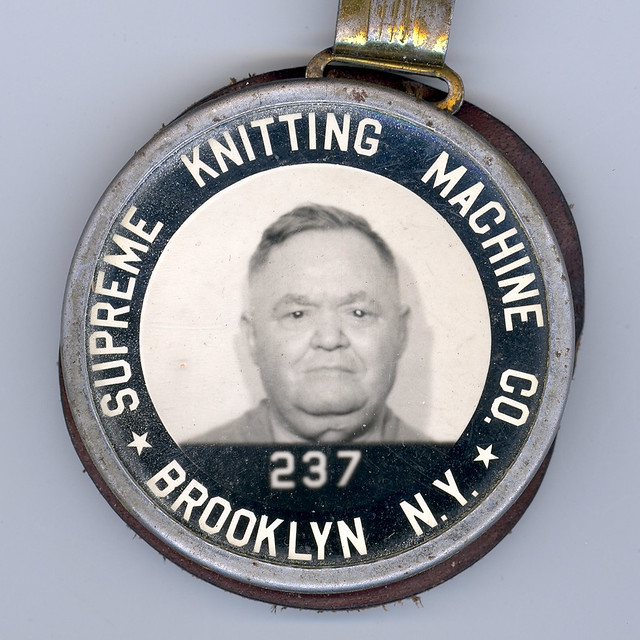
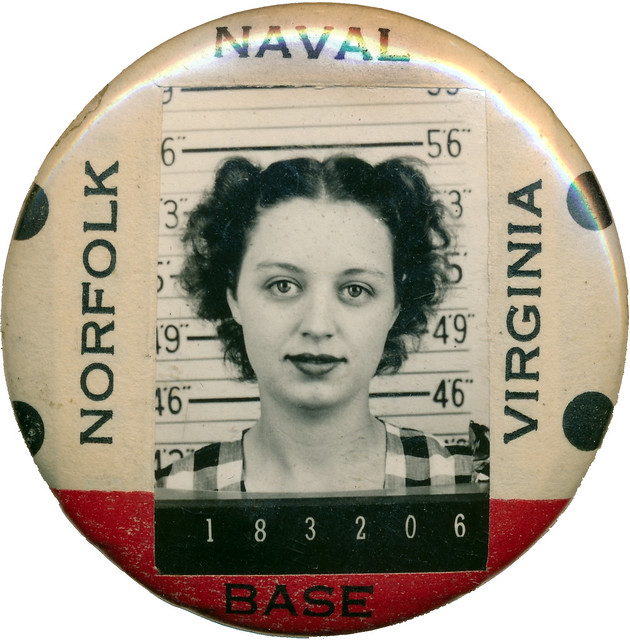

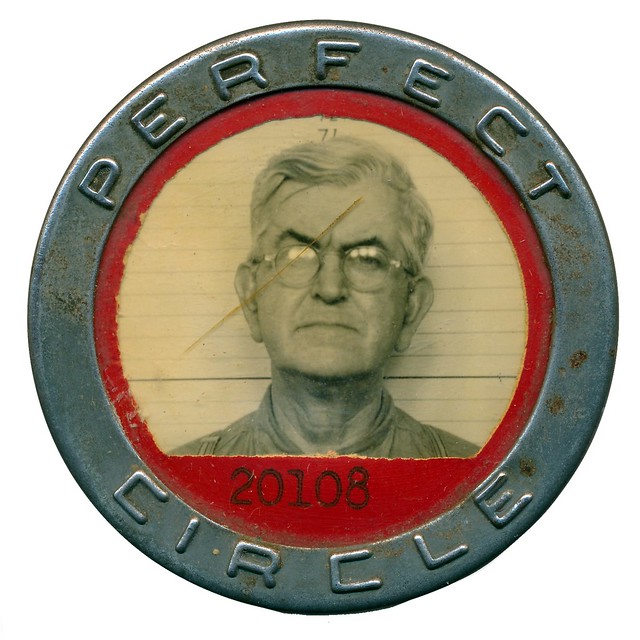
See more working class heroes HERE

Employee photo badges and identification cards from the first half of the 20th Century represent a different climate in our nation’s economy. These American working class heroes look they have a story to tell:






See more working class heroes HERE

American Tall-Tale postcards emerged around the turn of the 20th century, when postcards came to function as surrogates for travel. Nowhere did these modified images become more prevalent than in rural communities that hoped to forge an identity as places of agricultural abundance to encourage settlement and growth. [Wisconsin Historical Society]














I was nine years old when these gems hit the scene – looking back now, I can see why my family was reluctant to help fund my obsession. Some adults thought these trading cards meant that the end of civilization was near. Even so, I give Garbage Pail Kids sticker card collections an A+ for creativity with brilliant graphics and over the top satire. Each pack contained 5 cards and a stick of gum for a mere 25 cents. Luckily, there are a few avid collectors who have meticulously catalogued all of the cards online (15 original series in all) – use geepeekay’s name finder to see if your name made it into the GPK hall of fame.
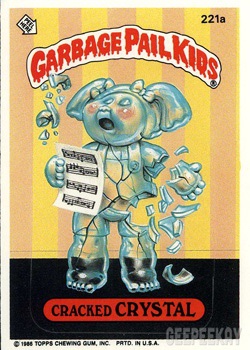
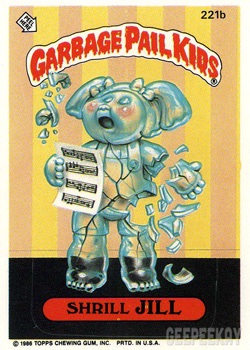
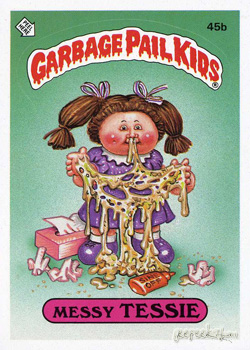
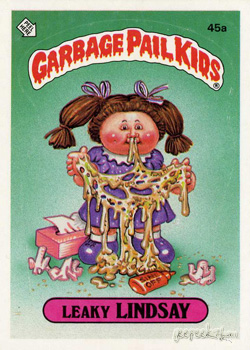
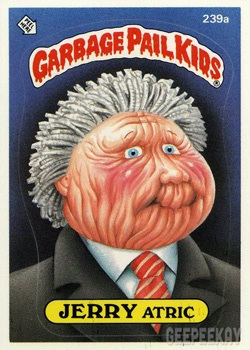
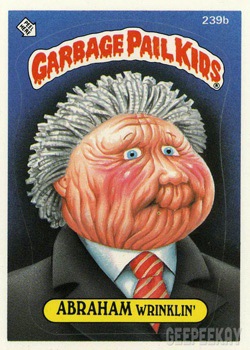
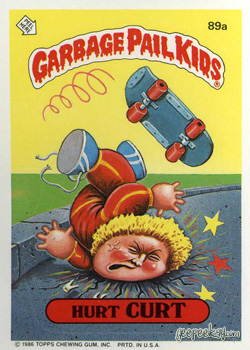
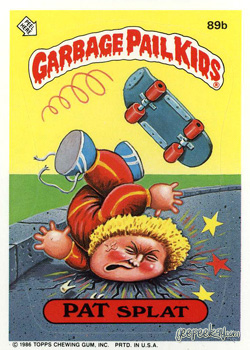
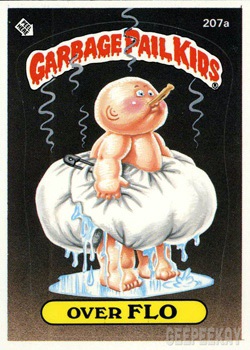
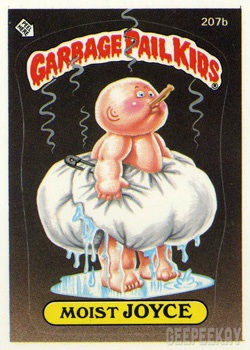
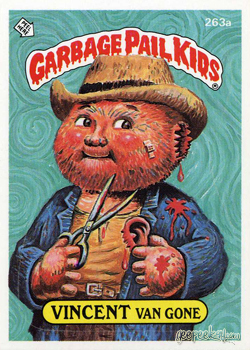

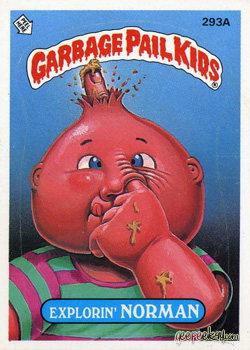
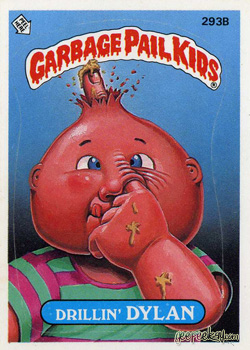
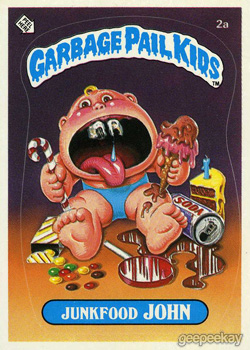
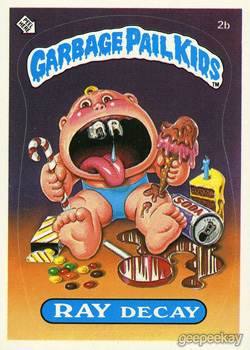
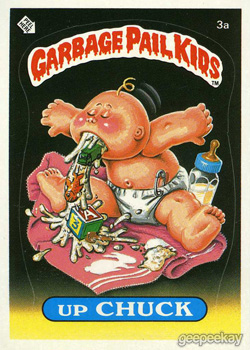
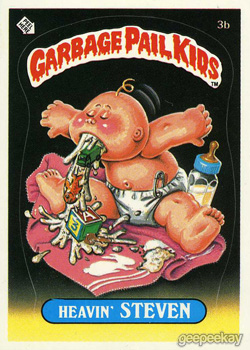
[images via]
“Sailing Cards” were printed in America between 1850 and 1880, and served as advertisements and records of the various ships transporting cargo and passengers to San Francisco, during and after the California Gold Rush.
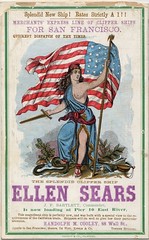
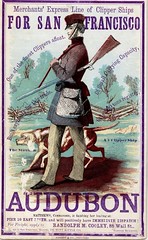


The cards were primarily advertisements used to entice passengers, but were also designed to inspire the confidence of prospective freight shippers.
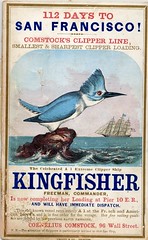
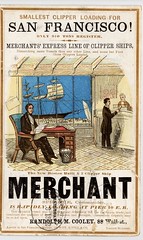
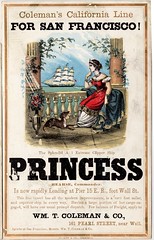

Most of the cards represent vessels built in Boston and New York, and signify the formation of an American identity through visual representation of the vessels, expedition and typography.
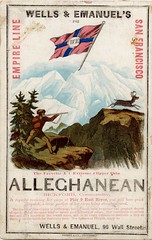
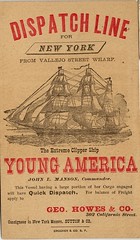
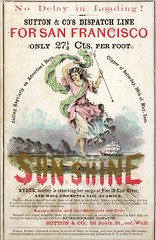

Many of the cards were printed on heavy cardstock at around 4 x 6 inches in size, and while they were mass-produced and distributed liberally throughout the major shipping ports, the originals are now difficult to find.

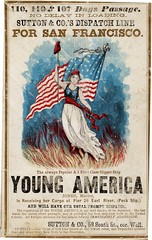
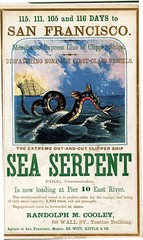

While an original sailing card can sell today for a few thousand dollars, I think a nice album of reprints would make a fine collection or gift for a maritime enthusiast, history buff, or anyone who appreciates good graphic design.
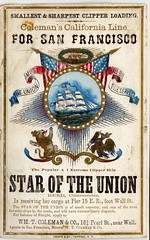

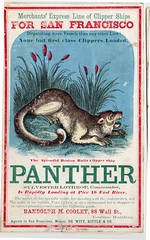

Online sailing card collections include Mystic Seaport and The Library of Congress.
via